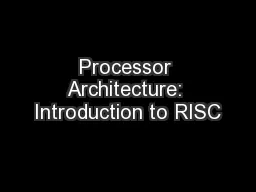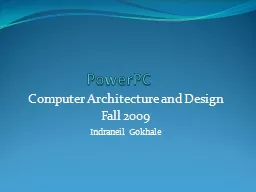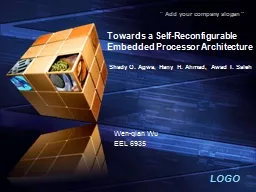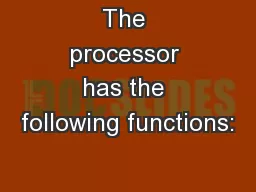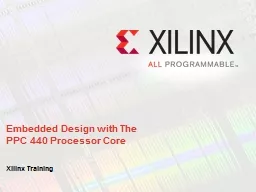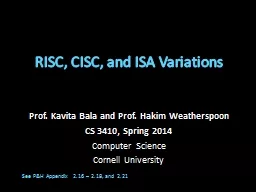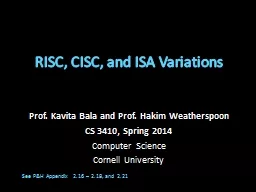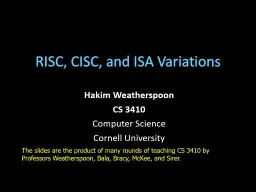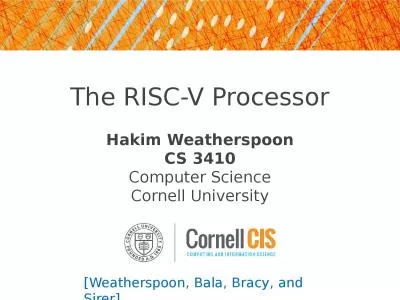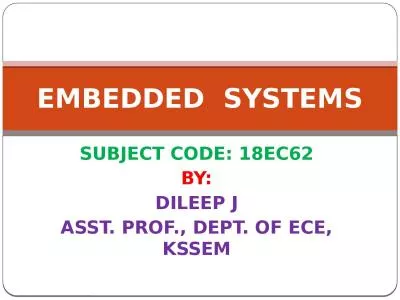PPT-Processor Architecture: Introduction to RISC
Author : debby-jeon | Published Date : 2019-03-16
Datapath MIPS and Nios II CSCE 230 Nios II Instruction Set Is available for download at https wwwalteracom contentdam altera wwwglobal enUS pdfs literature hb
Presentation Embed Code
Download Presentation
Download Presentation The PPT/PDF document "Processor Architecture: Introduction to ..." is the property of its rightful owner. Permission is granted to download and print the materials on this website for personal, non-commercial use only, and to display it on your personal computer provided you do not modify the materials and that you retain all copyright notices contained in the materials. By downloading content from our website, you accept the terms of this agreement.
Processor Architecture: Introduction to RISC: Transcript
Download Rules Of Document
"Processor Architecture: Introduction to RISC"The content belongs to its owner. You may download and print it for personal use, without modification, and keep all copyright notices. By downloading, you agree to these terms.
Related Documents

